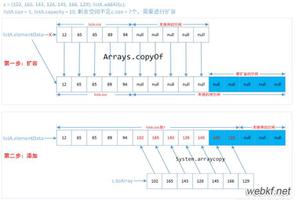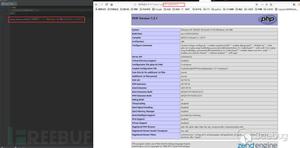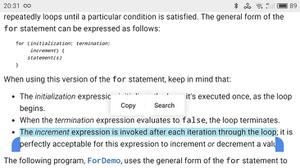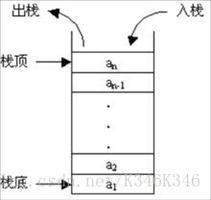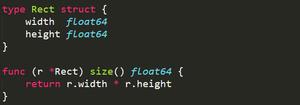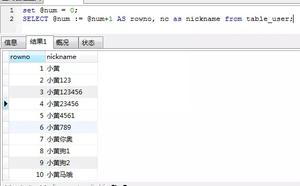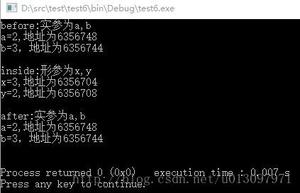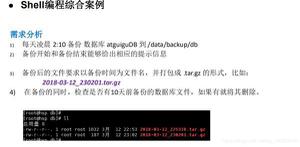电弧焊和气焊的区别
弧焊
电弧焊是一种焊接工艺,其中使用在电极和母材之间产生的电弧来提供必要的热量,以熔化工件的预期表面以形成聚结。
气焊
气焊是一种焊接工艺,其中使用由气体燃料与氧气燃烧获得的火焰来提供所需的必要热量。这种热量用于金属化工件的表面,这些工件被固定在一起以形成接头。
电弧焊和气焊的区别
下表重点介绍了电弧焊和气焊之间的几个区别 -
| 弧焊 | 气焊 |
|---|---|
| In the arc welding process, an electric arc is created to produce the required heat for fusing the base metal for coalescence formation. | 在气焊过程中,气体燃料与氧气的燃烧被用来产生所需的热量。 |
| Arc welding can only be used for the metals which are electrically conductive. | 气焊同样适用于导电金属和非导电金属。 |
| Electric arc welding requires availability of electric power supply for its operation. | 在气焊的情况下不需要电源。 |
| In case of arc welding, no cylinder containing fuel and oxygen is required. | 在气焊的情况下,使用两个气缸,一个用于气体燃料,例如乙炔、丙烯等。而另一个用于容纳氧气。 |
| Arc welding process requires shielding of the arc and the weld bead which is provided either by flux coating of the electrode or some inert gas. | 在气焊过程中不提供保护。 |
| As the arc temperature is very high, the temperature of the core is about more than 6000 °C. Therefore, arc welding can be used for joining of metals having high melting point. | 气体火焰的温度相对较低,约为 3500 °C。因此,气焊不能用于熔点很高的金属的焊接。 |
| The electric arc has a narrow cross-sectional area. Therefore, it reduces the width of weld bead and heat affected zone. | 气体火焰的横截面积相对较宽。因此,它导致更宽的焊道和热影响区。 |
| The high temperature and narrow electric arc increases the heat density, which results in quick fusion of metals. | 较低的温度和较宽的气体火焰导致较低的热密度。因此,气焊需要更多的焊接工艺,这使得它不经济。 |
| Arc welding can be used for joining thicker components. | 气焊仅适用于薄板和钣金。 |
| Arc welding has inherent arc cleaning, due to flow of avalanche of electrons. | 在气焊过程中,不进行电弧清洗。因此,基体金属需要在焊接前进行清洁。 |
| Arc welding is not suitable for heating, cleaning, cutting, etc. | 除了金属的接合外,气焊还可用于加热、气割、钎焊、锡焊和清洗等。 |
以上是 电弧焊和气焊的区别 的全部内容, 来源链接: utcz.com/z/297453.html

